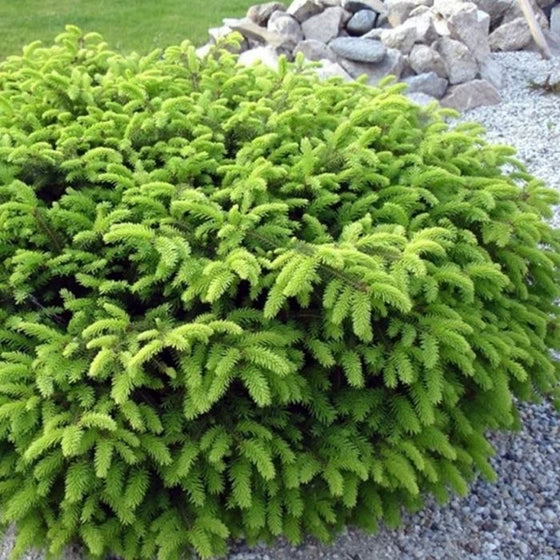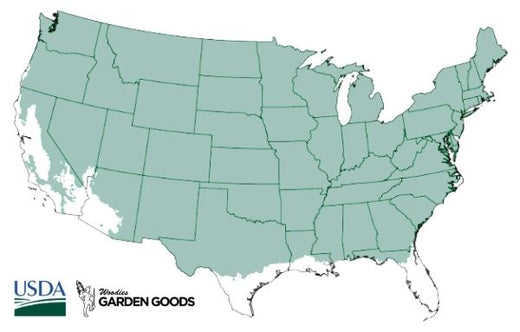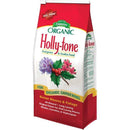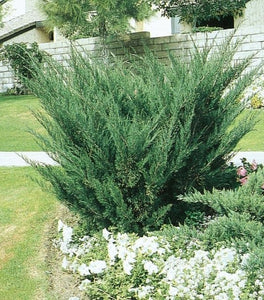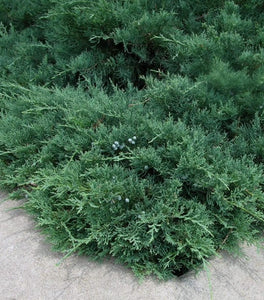Birds Nest Spruce Shrubs grow best if they are fertilized once in the spring and again in early summer. Birds Nest Spruce favors nutrient rich soil and ample fertilization. Birds Nest Spruce Shrubs benefit from an fertilizer which can help raise the acid level of the soil such as Holly-Tone by Espoma. When selecting a fertilizer for your Birds Nest Spruce, if soil Ph is not an issue a simple balanced fertilizer can be used such as Tree-tone. Either chemical fertilizers or organic matter can be used successfully. Since an organic method of applying manure and/or compost around the roots, produces excellent results and also improves the condition of the soil, this would be an excellent first line of attack. Organic additions to the soil can also be combined with a shot of chemical fertilizer for maximum effect. If you choose to use chemical fertilizers on your Birds Nest Spruce, applying a slow-release, balanced fertilizer once a year in the spring is probably the simplest solution. There are many slow-release fertilizers on the market. If you can find a fertilizer formulated for shrubs and trees, this fertilizer would work well on Birds Nest Spruce. However, slow-release is certainly not the only way to fertilize shrubs such as Birds Nest Spruce although truth be told I feel its the best. A less expensive fast release fertilizer such as a 10-10-10 will work just as well if applied twice during the summer. If you are looking for a fertilizing routine tailored to your specific conditions, a soil sample should be taken and the fertilizer and trace elements matched to the needs of your soil. Don't fertilize Birds Nest Spruce Shrubs after August in the North. Fall is the time for arborvitaes to begin preparing for dormancy. Fertilizing at this time may stimulate new growth that will be too tender to withstand the winter. In the South, a late summer into September application would be about right. As mentioned one spring application of a balanced fertilizer should more than suffice. The amount of chemical fertilizer used per plant will vary with the size of the plant and it's root system. Over-fertilization can be much more detrimental than under-fertilization. "Fertilizer burn" can occur when too much fertilizer is applied, resulting in a drying out of the roots and damage or even death of the shrub. It is much, much better to err on the side of too little fertilizer than too much.
Understanding Fertilizer Labels:
When looking at most fertilizers, they are described by three numbers on the bag. An example would be 10-10-10 or 12-4-8. The first of these three numbers refers to Nitrogen, which is the primary element necessary for good, balanced growth within the arborvitae. Plants that are deficient in Nitrogen are usually not growing vigorously, and sometimes exhibit pale colored foliage. Not all Nitrogen deficiencies result in stunted growth. Sometimes, the growth is taller and longer with less than desirable branching when Nitrogen is deficient. The second number in the fertilizer equation is representative of Phosphorus. A deficiency of Phosphorus may affect the energy transfer in the plant, and result in stunted growth as well. Also, plants with insufficient amounts of Phosphorus may have poorer root systems. Potassium is the element represented by the third number on the fertilizer bag. Plants that are deficient in Potassium, are usually growing more slowly than normal, have fewer flowers and seed, and are more susceptible to disease than plants with adequate levels of Potassium. Although the three elements just mentioned are the major elements necessary for good plant performance, there some minor elements that are just as important in consideration of shrub nutrition. Minor elements that are not included in the three numbers listing on the front of fertilizer bags are very important considerations when choosing your fertilizer. Elements such as Magnesium, Sulfur, Calcium, Iron, Manganese, Copper, Zinc, Boron, and Molybdenum play very important roles in providing plants with adequate nutrition. Many times, less expensive fertilizers are sold that contain only the major elements needed, but not the minor elements. Always be sure to look on the fertilizer label on the back of the bag to see exactly what is included in the fertilizer. In choosing the basic type of fertilizer for your Birds Nest Spruce, it is important to determine what you need your plant to do. If your plants are well established, and you are not concerned about more growth, choose a fertilizer that has a smaller first number, and a larger second and third number. When you have selected your fertilizer and are ready to apply it, be sure to rake your mulch back to the drip line of each plant. Apply the fertilizer according to the label directions immediately on top of the soil, and be sure to water the plant thoroughly after the application. You can then rake the mulch back around the base of the Birds Nest Spruce. Although it is tempting to spend less time by not raking the mulch back during fertilization, the results will be less than desirable, if the fertilizer is applied on top of the mulch. Proper fertilization of your Birds Nest Spruce will lead to healthier and more disease resistant plants, as well as provide you with many more enjoyable blooms. Always, read the label on your fertilizer bag, and follow the instructions.
